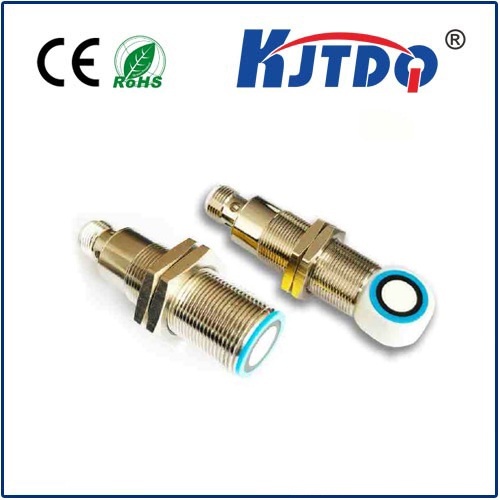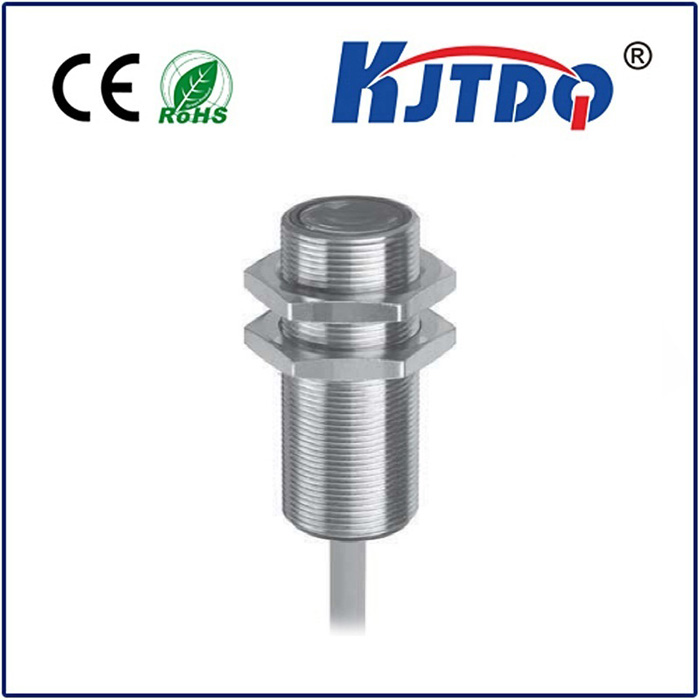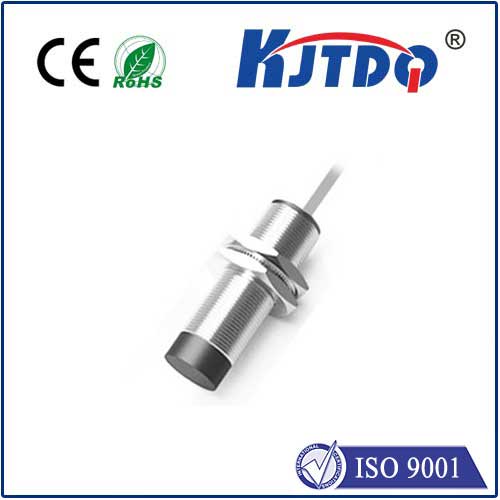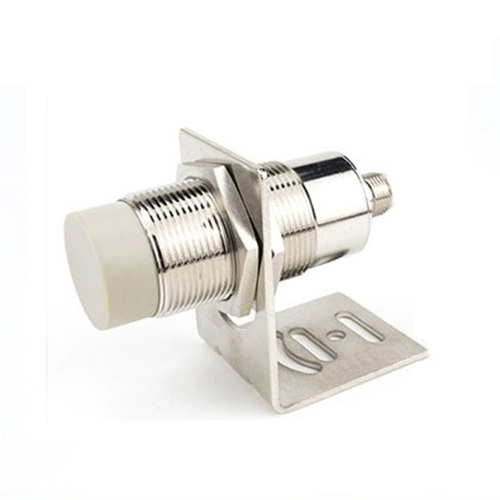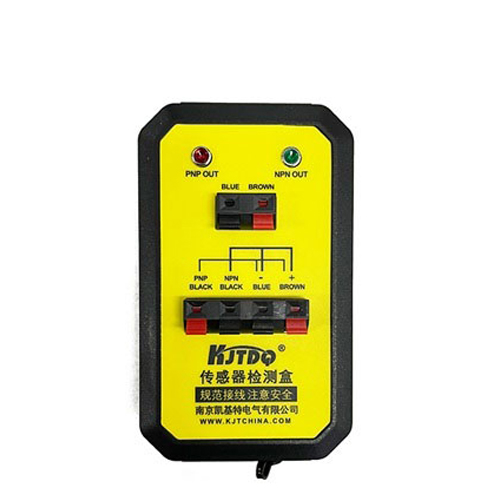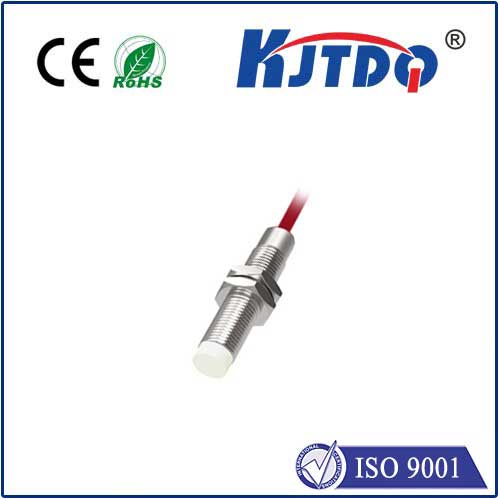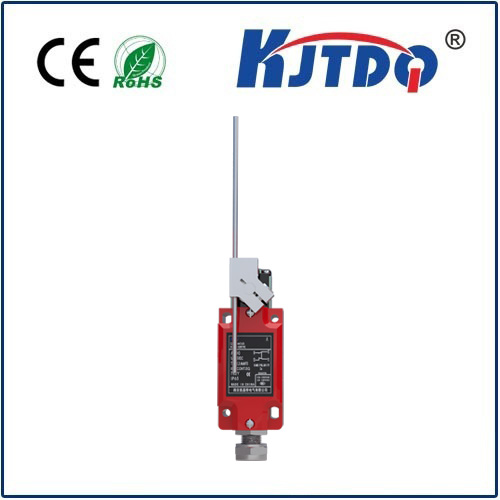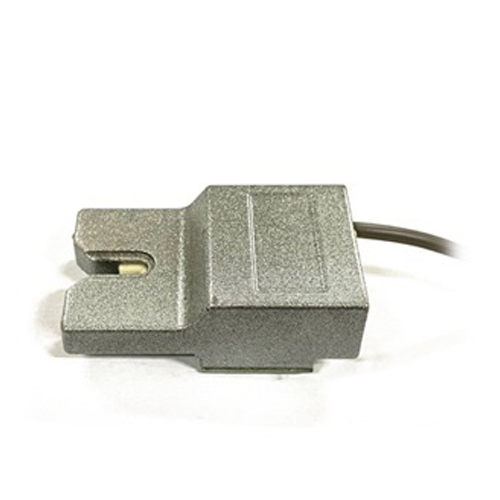cable connector proximity sensor
- time:2025-09-07 04:30:04
- Click:0
Cable Connector Proximity Sensors: The Essential Solution for Tight Spaces in Automation
Imagine: you’re designing a complex robotic assembly line. Components whir, arms move with precision, but space is at an absolute premium. You need reliable object detection – is that part present? Is the gripper correctly positioned? – yet traditional bulky proximity sensors simply won’t fit. This constant battle for real estate within machines and systems is where the often-overlooked hero, the cable connector proximity sensor, truly shines.
These specialized sensors address a critical challenge in modern automation: achieving reliable sensing in confined or awkward locations where installing standard sensors with separate cables is impractical or impossible. Unlike their counterparts, the sensing element and the electrical connection are ingeniously fused into a single, streamlined unit. Think of it as a proximity sensor with its cable permanently attached and exiting directly from the rear or side of the sensing head itself, terminating in a standard industrial connector.

The Core Problem: Space Constraints and Cable Management Nightmares
Traditional proximity sensors – inductive, capacitive, or photoelectric – typically feature a threaded barrel housing with separate electrical connections (like M8, M12, or flying leads). While highly effective, they present two significant hurdles:
- Spatial Constraints: The sensor body plus the space needed for its electrical connector and the bending radius of its attached cable demand considerable room. This often rules them out for tight corners, deep recesses, moving parts with limited clearance, or densely packed control panels.
- Cable Management Complexity: Routing, securing, and connecting individual cables for numerous sensors increases installation time, adds potential failure points (loose connections), and creates clutter that impedes maintenance access and airflow.
The Ingenious Solution: Integrated Design
Cable connector proximity sensors elegantly solve these problems through their integrated construction:
- Ultra-Slim Profile: By eliminating the bulky connector housing directly behind the sensing face, these sensors boast an extremely compact form factor. They can slip into spaces where only the sensing head itself needs to fit, making them ideal for:
- Mounting directly onto moving carriages or arms.
- Installation within deep cavities or narrow slots.
- Situations requiring sensing immediately adjacent to other components.
- Simplified Installation & Reliability: The pre-attached cable, terminating in a robust industrial connector (like M8 or M12), drastically simplifies wiring. Installers simply mount the sensor and plug the connector into the mating socket on the machine’s junction box or I/O block. This:
- Reduces installation time.
- Minimizes wiring errors.
- Eliminates points of failure from poorly terminated wires or loose screws common in flying lead setups.
- Streamlines cable management, as the cable runs neatly from the sensor point to the connection hub.
- Enhanced Flexibility: The flexible cable allows for routing around tight bends and obstacles more easily than trying to maneuver a rigid sensor body connected by a stiff conduit or cable gland. This flexibility is crucial in dynamic applications or complex machinery layouts.
Where Do Cable Connector Proximity Sensors Excel?
Their unique strengths make them indispensable across numerous demanding industries:
- Robotics & Automation: Mounting sensors on robot end-effectors, within grippers, or on moving slides where space is minimal and cables must flex constantly.
- Semiconductor Manufacturing: Inside wafer handling equipment and lithography machines where precision and contamination control demand ultra-compact, reliable components.
- Packaging Machinery: Detecting products on high-speed conveyors, verifying cap placement, or checking fill levels within tightly packed mechanisms.
- Machine Tools: Tool presence detection in tool changers, spindle orientation, or part clamping verification on CNC mills and lathes.
- Material Handling: Sensing pallet position on automated guided vehicles (AGVs) or verifying item presence on sorters.
- Printing & Converting: Web break detection, roll diameter monitoring, or verifying substrate position in confined print head assemblies.
Key Considerations When Selecting
While highly advantageous, choosing the right cable connector proximity sensor requires attention to detail:
- Sensing Technology: Ensure the sensing principle (inductive for metals, capacitive for non-metals/liquids/levels, photoelectric for presence/absence/color) fits your target object and environment. Inductive types are the most common in this form factor.
- Sensing Range: Confirm the specified detection distance meets your application requirements within the tight space available.
- Cable Length & Type: Select the optimal cable length to reach the connection point without excessive slack. Consider flex rating for dynamic applications and robust jacketing for harsh environments (oil, coolant, abrasion). Look for IP67 or IP68 ratings for dust and water resistance.
- Connector Type: Match the connector (e.g., M8 3-pin, M12 4-pin) to the mating interface on your control system or junction box. Ensure the pin configuration (NPN/PNP, NO/NC) aligns with your PLC input requirements.
- Housing Material: Stainless steel offers superior chemical resistance and durability, while nickel-plated brass is a common robust choice. Plastic housings are lighter but suit less demanding environments.
- Temperature Rating: Verify the sensor’s operating temperature range suits the environment it will inhabit.
Beyond Convenience: A Foundation for Modern Efficiency
The cable connector proximity sensor is far more than just a space-saving trick. It represents a fundamental shift towards streamlined, reliable automation design. By integrating the electrical connection directly, these sensors reduce complexity, enhance robustness, and accelerate deployment. They empower engineers to implement sensing points precisely where needed, even in the most challenging locations, enabling smarter, more compact, and more efficient machines. In an era where maximizing performance within minimal footprints is paramount, the cable connector proximity sensor has become an essential, enabling technology, quietly ensuring precision and reliability in the tightest corners of our automated world.












